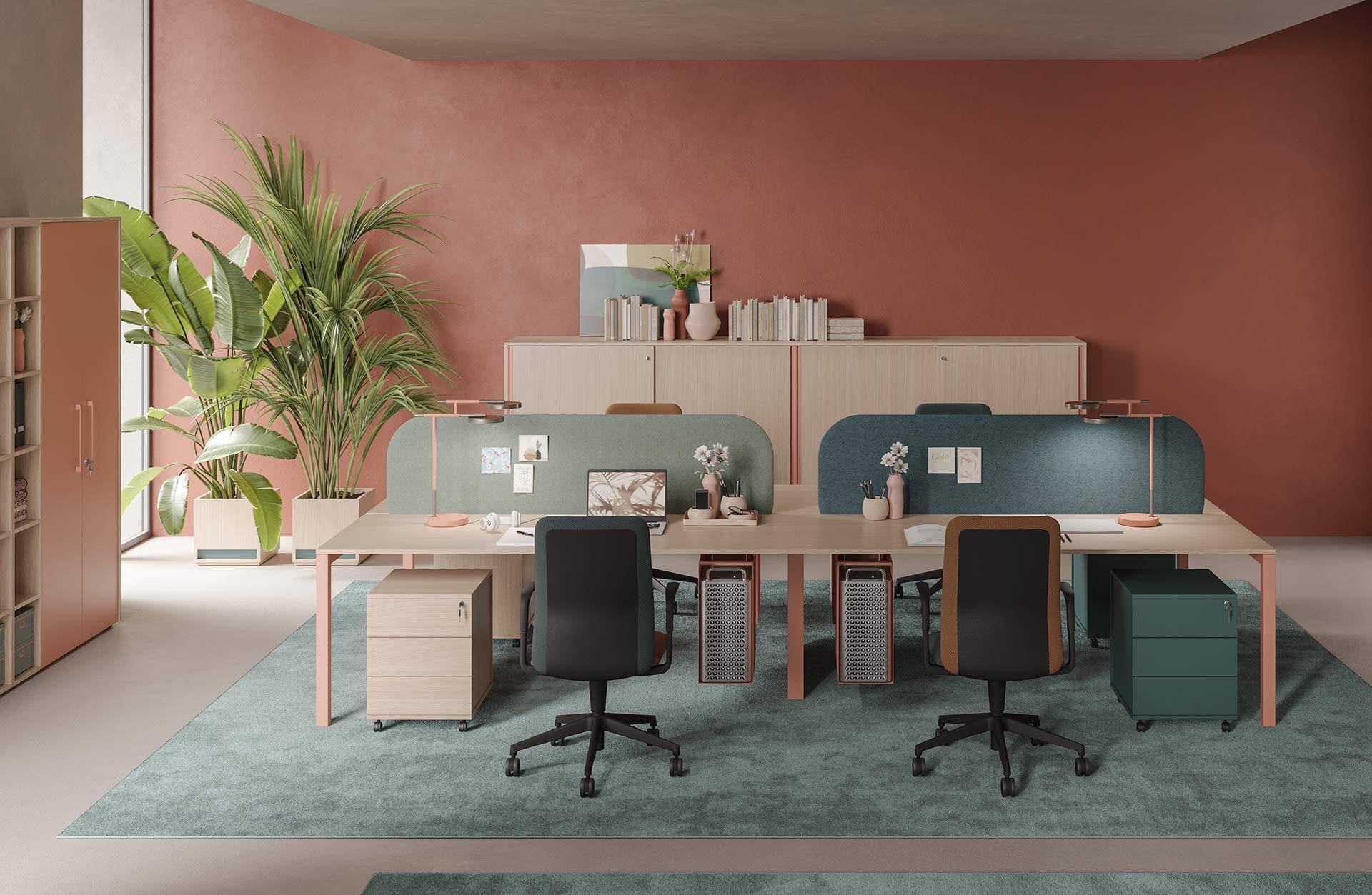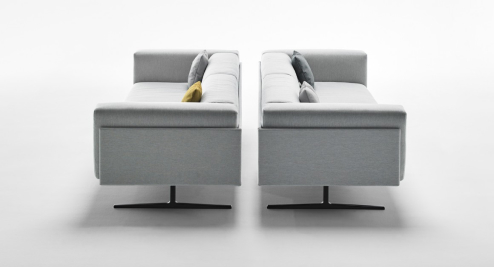




The office is no longer just a workspace; it’s a dynamic arena for collaboration, creativity, and communication. The design of the office significantly impacts employee productivity, well-being, and satisfaction, while also shaping the company’s image and reputation. In the post-pandemic era, where hybrid and flexible work models are gaining prevalence, staying attuned to the latest office design trends is crucial.
In this blog post, we navigate the forefront of office design, unveiling trends set to define workspaces in 2024 and beyond. Drawing insights from diverse sources, we explore the evolving needs and expectations of the contemporary workforce amid environmental and social challenges. Whether renovating an existing office or searching for a new space, these trends serve as a compass, guiding you to craft a future-proof, sustainable, and inspirational workspace.
Provide Retreat
One of the key trends in office design for 2024 is to provide retreat spaces for the employees, where they can relax, recharge, and focus. These spaces are designed to cater to the different preferences and personalities of the workers, who may need some time to themselves, away from the noise and distractions of the open-plan office. Retreat spaces can take various forms, such as a dedicated library, a quiet corner, a meditation room, or a cozy lounge. These spaces should be informal, comfortable, and equipped with proper lighting and acoustics. Retreat spaces can also enhance the variety and diversity of the office environment, offering a different mode of being and working.
Encourage Movement
Encouraging movement among the employees is critical to avoid the negative effects of sedentary behavior and promote physical and mental health. Movement can be facilitated by creating spaces that are flexible, adaptable, and interconnected, allowing the workers to change their posture, location, and activity throughout the day. For example, some of the ways to encourage movement are to provide adjustable desks and chairs, create walking paths and stairs, offer bike storage and showers, and incorporate biophilic elements such as plants and natural light. Movement can also foster social interaction and collaboration, as the employees can meet and mingle with different people and teams in the office.
Elevate User Experience
User experience is not only important for the customers, but also for the employees, who are the internal users of the office space. User experience refers to the overall satisfaction and engagement of the workers, based on the functionality, aesthetics, and emotions that the office design evokes. To elevate user experience, office design should focus on creating spaces that are personalized, intuitive, and responsive, meeting the diverse and dynamic needs of the employees. For instance, some of the ways to elevate user experience are to use smart technology and sensors, provide feedback and choice mechanisms, and create immersive and interactive environments. User experience can also enhance the performance and loyalty of the employees, as well as the brand identity and culture of the company.
Remote First
Remote work is not a temporary phenomenon, but a permanent shift in the way we work. According to a survey by PwC, 83% of the employers say that remote work has been successful for their organization, and 55% of the employees say that they would prefer to work remotely at least three days a week even after the pandemic. Therefore, office design for the future should adopt a remote-first approach, which means designing the office space with the assumption that most of the employees will work remotely most of the time. This means that the office space should be optimized for collaboration, communication, and connection, rather than for individual work. For example, to adopt a remote-first approach, you may need to provide video conferencing and virtual reality tools, create huddle rooms and breakout areas, and offer flexible and shared desks and offices.
Build for Adaptation
The world is changing faster than ever, and so are the needs and expectations of the employees and the customers. An innovative office design should be able to adapt to these changes, and respond to the emerging challenges and opportunities. This means that the office space should be modular, scalable, and reconfigurable, allowing the company to adjust the size, layout, and function of the space as needed. For example, you can incorporate movable walls and partitions, modular furniture and systems, and multifunctional and transformable spaces. Building an office design for adaptation can also increase the efficiency and sustainability of the office space, as well as the resilience and innovation of the company.
In essence, office design goes beyond aesthetics; it encompasses strategy, culture, and values. It can influence the behavior, attitude, and performance of the employees, as well as the perception and reputation of the company. Therefore, it is important to keep up with the latest trends and innovations in office design, and create a workspace that is future-proof, sustainable, and inspiring.
For unparalleled expertise in designing and furnishing your office, turn to Offispace—the leading office furniture solutions company in Saudi Arabia. We offer a diverse array of products and services, from chairs and desks to partitions and accessories, as well as office fit-out and interior design. Let us assist you in creating a workspace that is aligned with your vision, mission, and values, meeting both employee and customer expectations. Contact Offispace today to transform your office into a productive, comfortable, and appealing environment.
